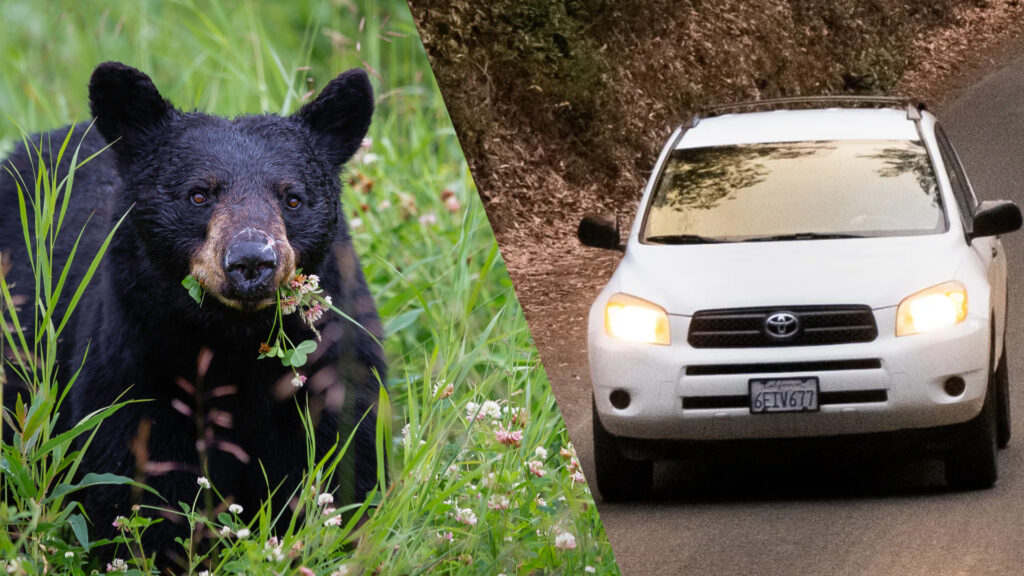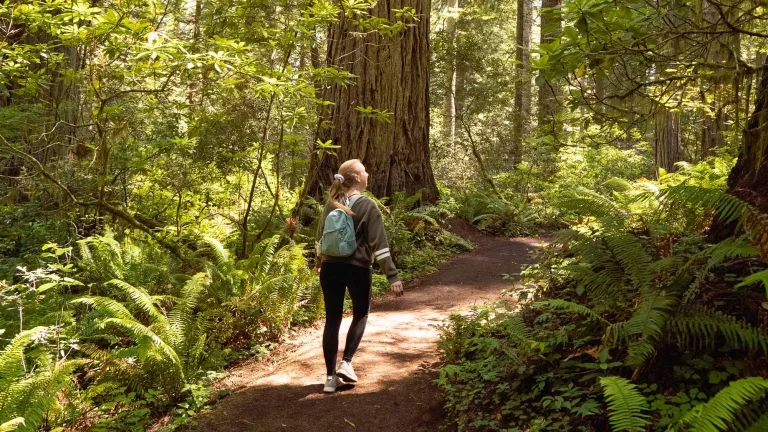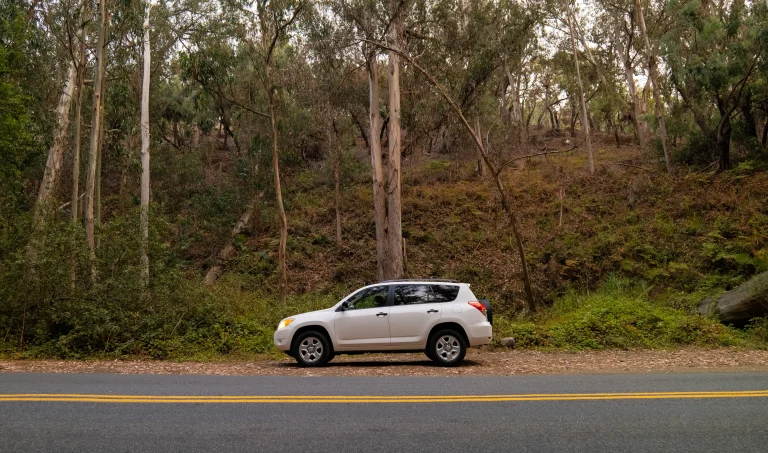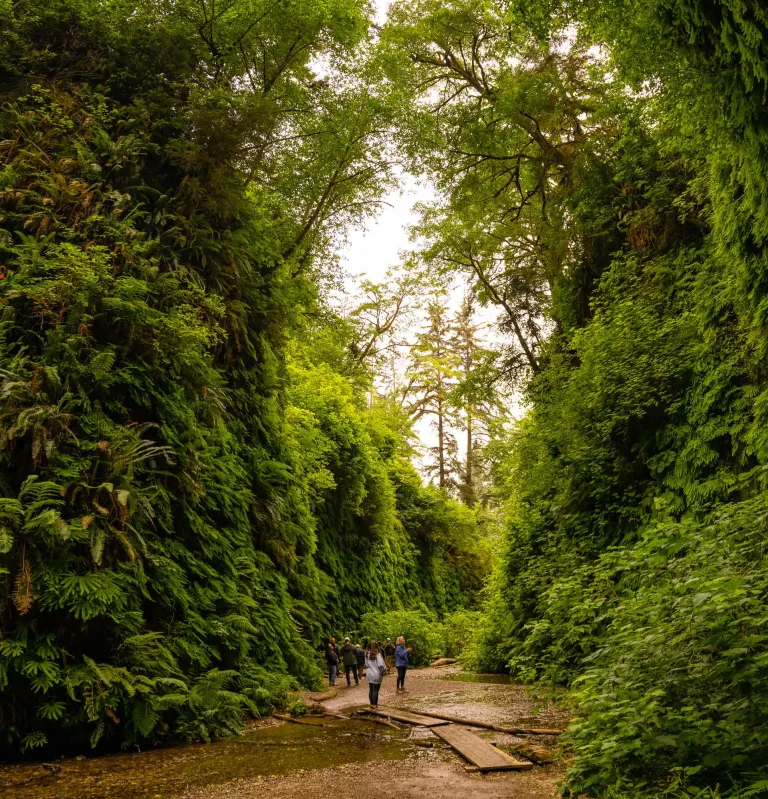Bears are a reality that almost every person will have to face while car camping at some point. While the thought of a bear encounter can be scary, there are several steps that you can take to minimize the risk of running into a bear while car camping.
As we spend most of our time camping in California and the Pacific Northwest, we have become well-versed in the Do’s and Don’ts of car camping bear safety, and are happy to share what we’ve learned.
Think like a bear
The two biggest factors in car camping bear safety are preparation and prevention. If you’re reading this guide, then you’re doing well for the first one. Too many people put in little to no research on how to properly camp in the areas that they travel to, and the results are bad for everyone.
Car campers staying in bear-populated locations must understand that bears are almost perfectly engineered to find food. Bears are strong, intelligent, and happen to possess the best olfactory senses of any animal on the planet. Seriously.
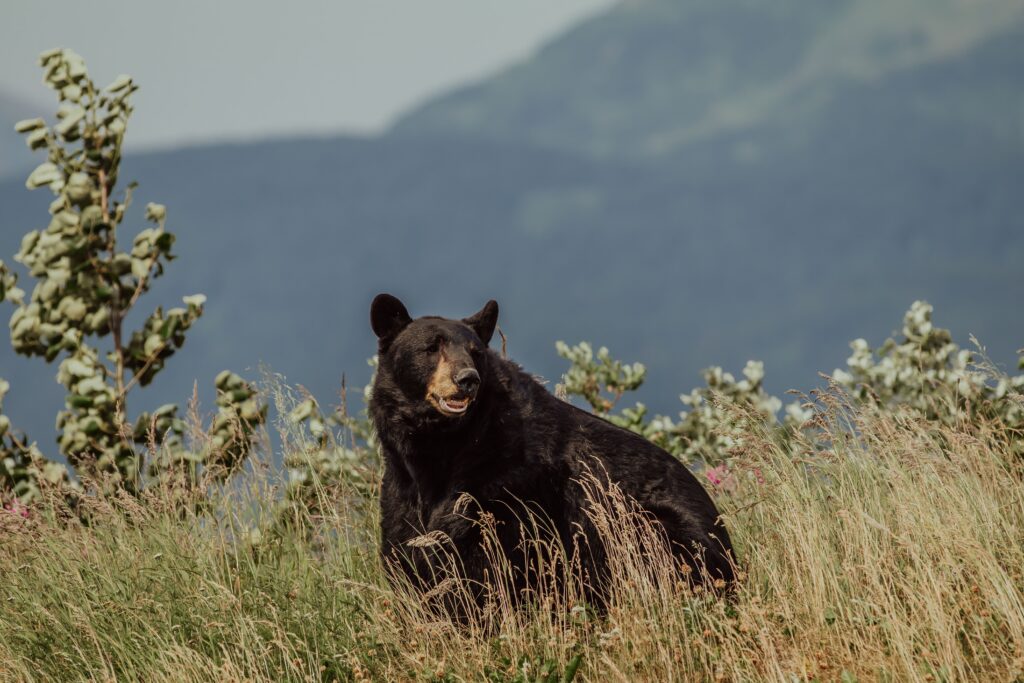
According to the NPS, a black bear can smell food from 18 to 20 MILES away. That’s a nose that is 7 times better at smelling than a bloodhound. Do you really think they can’t smell the left-over marshmallow stuck to your shirt or the Hershey’s wrapper you left out by accident?
Bears are opportunistic scavengers and will look for easy ways to score a good meal. The best way to prevent them from seeing your campsite as their next trip to the supermarket is to stop them from seeing food at all.
Make sure ALL of your food items are stored in a locked bear box or inside a car with no visibility from the outside. Our DIY window covers make this easy for us, but storing these items as low as possible in your vehicle and covering them with a blanket works too.
Being afraid is fine. Being lazy isn’t.
It’s ok to be nervous or afraid of a bear encounter. Bears can be really scary, and the thought of one cruising into your campsite at 3 AM to check out what’s on the breakfast menu isn’t a fun mental image. What isn’t ok, however, is being lazy.
Not walking your cooler to the bear box at the end of the night can be the difference between sleeping like a baby and waking up to the passenger door of your car being peeled open like a soup can. Storing your food (and your things that look like they could contain food) out of sight is worth the effort.
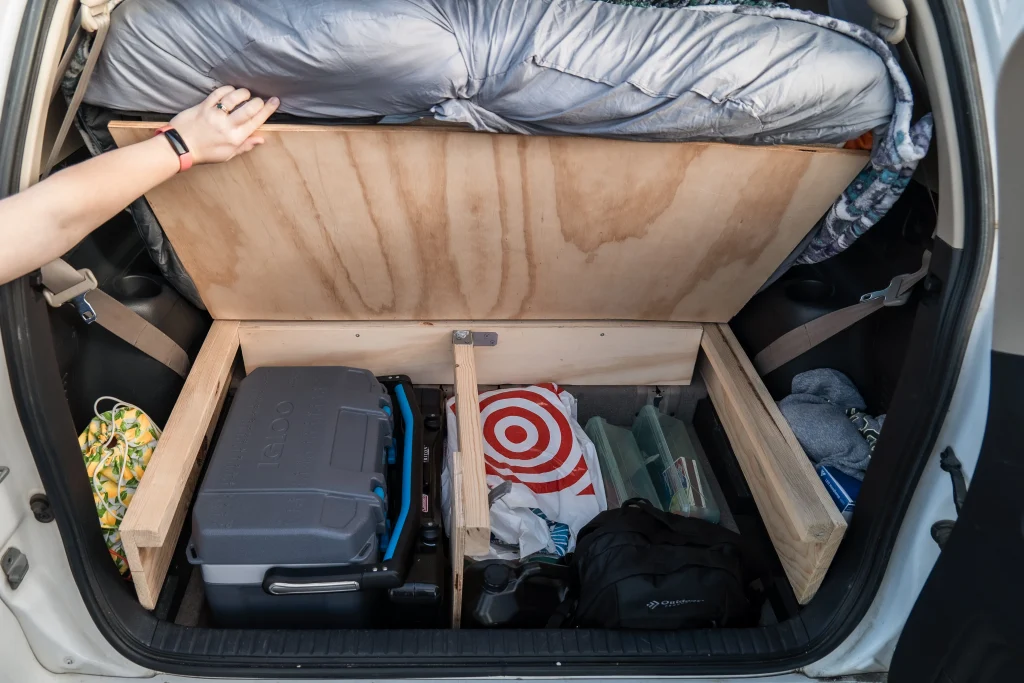
Also, just because your cooler is bear-proof doesn’t mean it is safe to leave out. Bears that have been exposed to humans have learned to identify coolers as viable sources of food, and will actively seek them out.
Bear-proof just means that, if a bear did get a hold of your cooler, it would have a hard time getting it open. We personally feel that it is better to stop a bear from getting to the cooler in the first place.
It’s not just food
Bears don’t only go after food, either. Anything that smells will tempt a bear. Scented oils, hand sanitizers, shampoos, soaps, and even cookware will draw bears into your campsite. Basically, if it smells, it goes out of sight.
In areas where you don’t have access to bear boxes like BLM land, it is a really good idea to prepare food a significant distance from where you park your car to sleep. This is very easy for us car campers, and a good safety tip to follow.
We personally follow a strict set of rules when car camping in bear country. Lexi and I always keep all of our items in toiletry bags that we can easily tuck underneath our bed platform or into a bear box when we are sleeping. We also try to avoid using any scented products while at the campsite, such as scented baby wipes or dry shampoo.
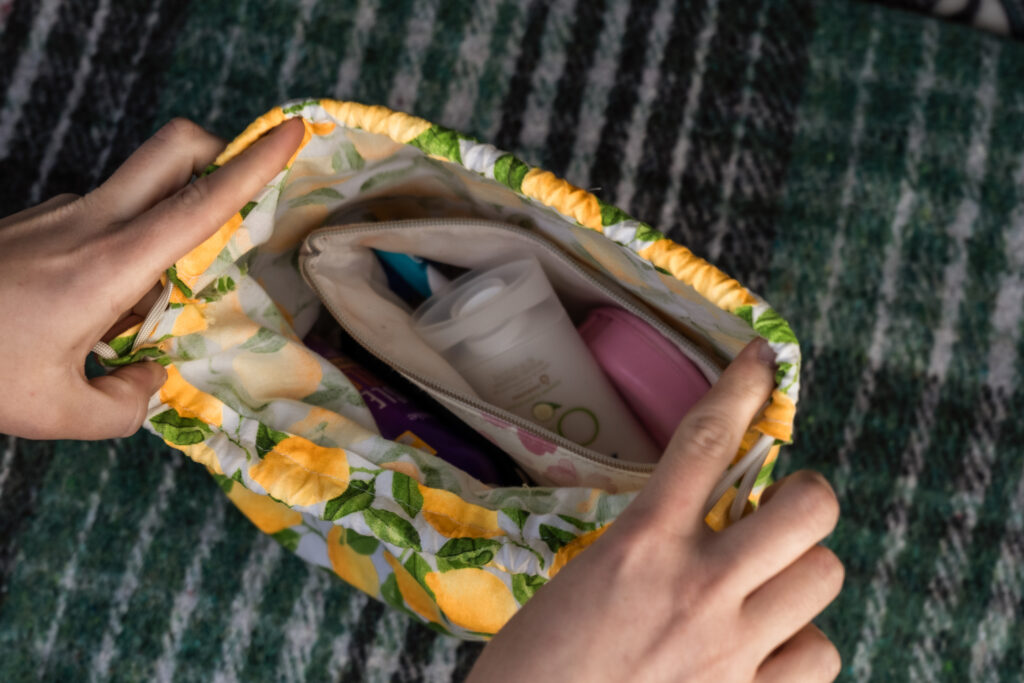
We are also extremely careful when it comes to choosing what to leave out overnight. Remember, bears can smell food at a level that is hard for humans to even comprehend. This means that plates and cookware with food residue on them need to be handled just as carefully as the food itself. Dumping your washing water out far away from your camp is also a good idea.
However, we generally don’t worry about things like our tablecloth and camp chairs, as it really isn’t fun to pack up literally all of our belongings back into our car every night.
Car camping bear safety basics
Here are a few tips that we follow that pertain specifically to car camping in bear country. While a lot of the general info above pertains to all forms of camping, the tips below are a little more specific to our favorite way to camp.
- Research your campsite
Not all bear areas are the same. While bears have populations all over the United States, certain national parks and campsites can be hotbeds for bear-camper interactions. This is because generations of bears in certain areas have learned to identify what human food looks like and what to go after.
Sites like Kings Canyon and Sequoia National Park have historically had very high levels of bear activity, with some summer months having 5 bear encounters a week. Others, like Yosemite National Park, have reduced their bear incidents to just a few every season.
Make sure you know whether or not your campsite will have a bear box. If it doesn’t and you know from previous research that there are bears in the area, be prepared with other options. Whether it’s learning how to hang your food, or making sure that you have the space to store your food out of sight in your car when you’re sleeping.
- Lock your doors
Remember when we said bears were smart? Well, it turns out that they’re smart enough to open car doors. Locking your doors at night is a really good first step for car camping around bears safely.
Make sure to keep your windows all the way up when leaving your vehicle for extended periods of time, including at trailheads. Bears can get their claws into a cracked window and shatter it, allowing them easy access to trash your car.
- Don’t eat food in your car
Avoid consuming any sort of food in your car while camping around bears. Because a bear’s sense of smell is so acute, there is a good chance that they will be able to smell any food residue that is in your car. If you can smell it, a bear can smell it from miles away.
Toss all of your trash before you get to the campsite, and be meticulous in your trash collection at the campsite as well.
- Bear spray is not optional
If you are camping in bear country, you need bear spray. Period. It is one of the only ways to effectively ward off a bear in the event that it gets aggressive. In fact, studies show that bear spray is even more effective than firearms when deterring bear attacks. If a bear comes through your camp, you will be very happy to have a can close by.
We sleep with our bear spray in a side compartment of the car where I can reach it very quickly if needed. It won’t do any good to buy bear spray and then pack it in the bottom of your bag or under your bed platform where you can’t reach it.
- Keep your keys handy
The best way to scare off a curious bear is to create a loud noise. While some tent campers carry air horns in order to have an option before escalating straight to bear spray, car campers have a great noise machine built into where they sleep.
If you see a bear poking around your camp, setting off your car alarm is a great way to send it packing. Remember, most bears are looking for some easy food, not a fight.
Wrap-up
Bears are a reality for many campers in the United States. The good news is that almost all encounters with bears can be prevented with proper planning and prevention. By following the car camping bear safety steps laid out in this guide, you can go a long way into protecting yourself and your campsite from bear encounters.
